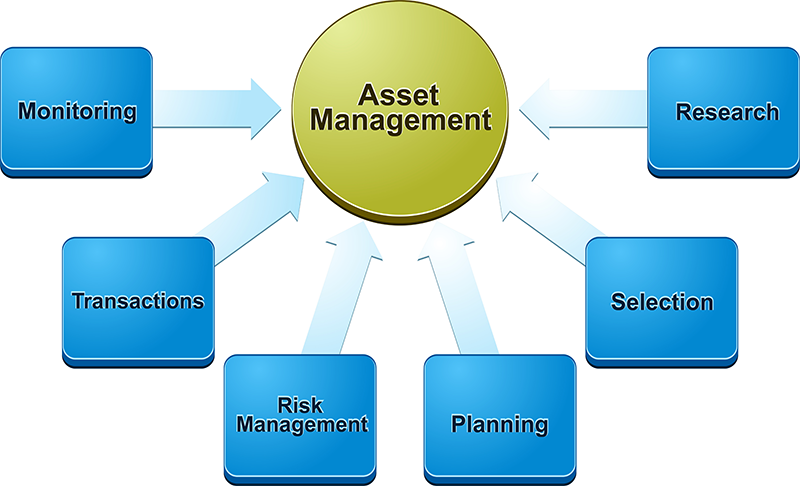“If you’re trying to create a company, it’s like baking a cake. You have to have all the ingredients in the right proportion.” Elon Musk
We think determining the value of a company requires a logical, measurable and repeatable assessment of the entity’s tangible and intangible assets. For accounting purposes, a business must either own or have control over the asset. To be reported on an organization’s Balance Sheet, the asset must have an objective and reliable value assigned to it. For this reason, accounting rules prohibit companies from including any “internally generated” intangible assets on their balance sheets.
The purpose of defining any asset as tangible or intangible is to drive proper business decisions, ascertain the value of a company and allow the business owners to maximize the benefits inherent in owning the asset.
A tangible asset’s value reduces gradually as it is used. An intangible asset can appreciate in worth until it reaches its expiration date. Its use drops to zero immediately at the end of its life.
The final test of an asset’s value rests in the ultimate sale of the asset or the company that owns it.
What are Tangible Assets?
Assets with a physical existence that can be touched and felt are tangible assets. They are used primarily in the operation of the business to produce products or services. Since tangible assets are often purchased, they are much more easily valued than intangible assets.
Tangible assets can be accounted for as either long-term or current assets depending on their estimated life. These types of assets include buildings, automobiles, physical inventory, furniture and machines. They depreciate in value over time.
What are Intangible Assets?
Intangible assets do not have a physical character. Yet, they are essential to the continued operation of a business. These types of assets can have either a definite or indefinite life depending on the type of asset. Examples of intangible assets include goodwill, intellectual property (patents, copyrights and trademarks), brand names, customer relationships, contracts and non-compete agreements. Intangible assets have the ability to appreciate in value.
Patents have a definite life because they come with an expiration date. Brand names have an indefinite life because they can last for the entire life of the company.
Some economists feel that intangible assets are much more valuable than tangible assets especially as we continue to transition from a “financially-based” to a “knowledge-based” economy.
Difference Between Tangible and Intangible Assets
Below are some common distinctions between tangible and intangible assets.
| Tangible Assets | Intangible Asset |
|---|---|
| 1. They have a physical existence. | 1. They don’t have a physical existence. |
| 2. Tangible assets are depreciated. | 2. Intangible assets are amortized. |
| 3. Are generally much easier to liquidate due to their physical presence. | 3. Are not that easy to liquidate and sell in the market. |
| 4. The cost can be easily determined or evaluated. | 4. The cost is much harder to determine for Intangible assets. |
| 5. Examples: vehicle, plant & machinery, etc. | 5. Examples: Software, logo, patent, etc. |
Source: AccountingCapital.com
Increasing Asset Value
We believe the challenge of every executive is to increase the value of the company’s tangible and intangible assets. There are three main ways to increase asset value: envision the future, invest in your core competencies and strive to deliver predictable and consistent results each and every time no matter what obstacles may get in the way.
Envision the Future
Create a compelling vision for the company. It energizes people to higher levels of confidence and performance. Providing a convincing plan for how to realize your vision is critical.
Invest in Your Core Competencies
Make sure you direct resources to the fulfillment of your vision. Any gap between your goals and expending the resources necessary to attain them erodes the company’s credibility. For example, if a business owner states the organization’s growth objectives will be met by introducing new products, their employees, customers and investors will expect to see the appropriate amount of resources directed to the invention, development and marketing of those products.
Deliver Predictable and Consistent Results
Reliable results build credibility with your stakeholders. Keeping service, quality and delivery promises to your customers builds customer loyalty. Fulfilling promises to your employees builds morale and increases productivity.
How We Can Help You
Pacific Crest Group (PCG) provides professional services that keep your business focused on your critical objectives. We provide strategic Accounting and Human Resource (HR) services created specifically to help you meet your goals. Through exemplary customer service, clearly defined policies and procedures as well as a forward looking perspective, we provide the outsourced solutions your business needs to grow. A PCG professional is happy to meet with you to discuss solutions for your unique requirements designed to maximize all of your business opportunities.


